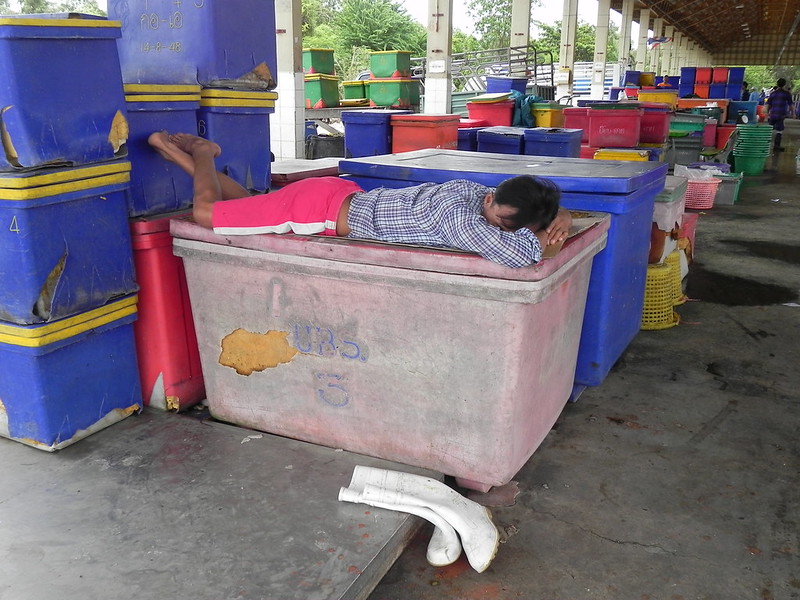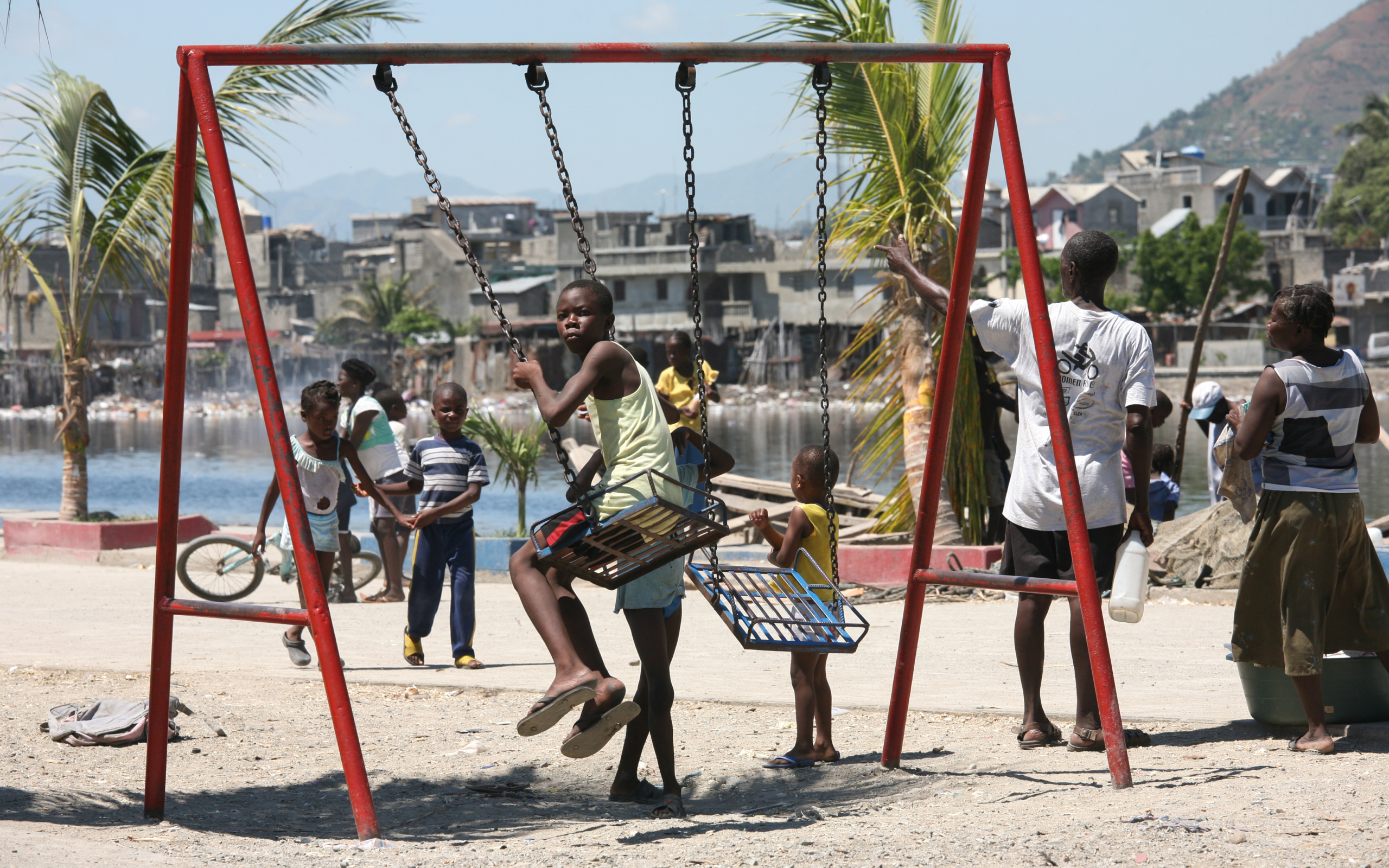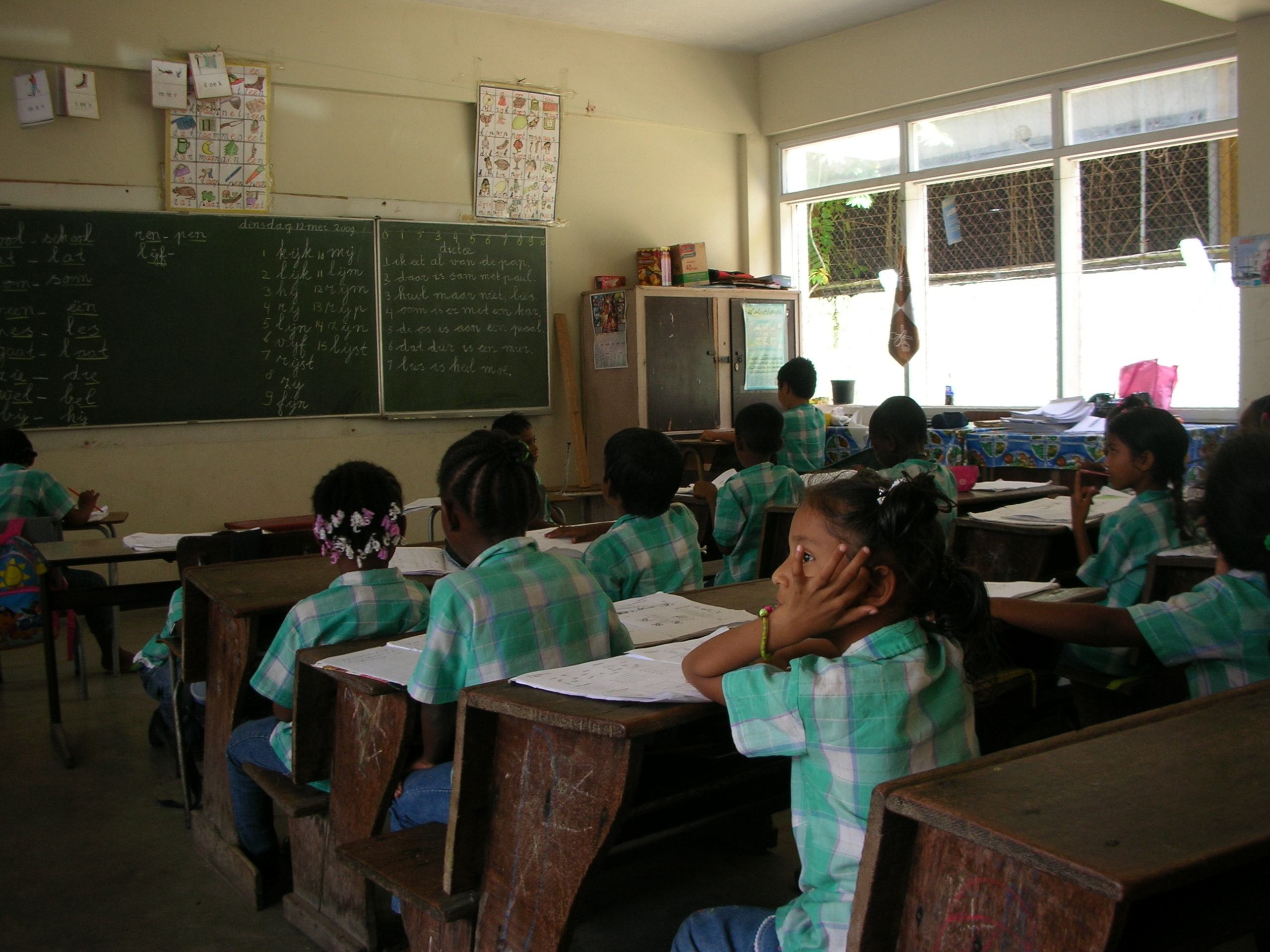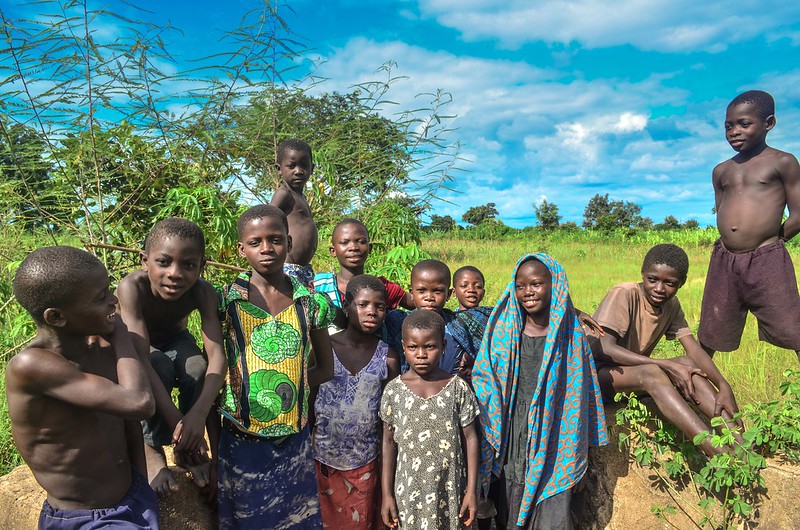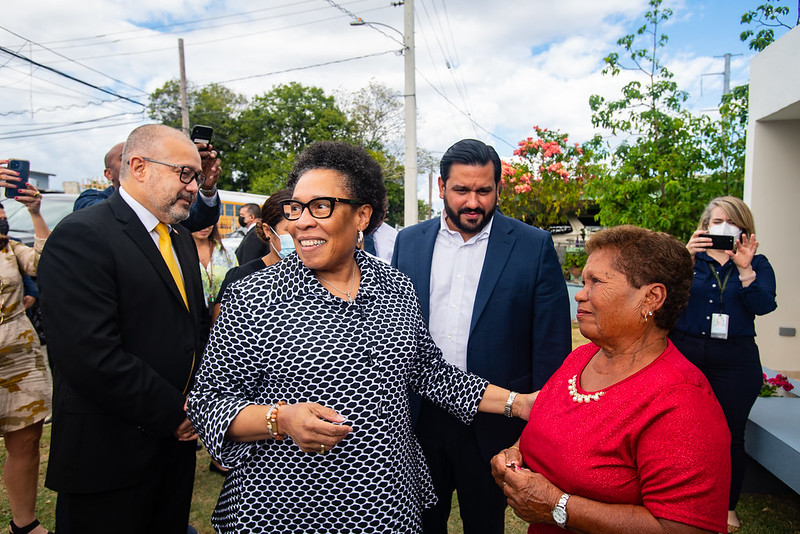 Puerto Rico, a United States (U.S.) commonwealth and popular tourist destination, stretches from San Juan on the east coast to Cabo Rojo on the west. The island is known for its rich history, vibrant culture and natural beauty, including one of the world’s three bioluminescent bays. However, residents face persistent challenges behind the tourism appeal, including government corruption, annual hurricanes and a fragile electrical grid that causes frequent power outages.
Puerto Rico, a United States (U.S.) commonwealth and popular tourist destination, stretches from San Juan on the east coast to Cabo Rojo on the west. The island is known for its rich history, vibrant culture and natural beauty, including one of the world’s three bioluminescent bays. However, residents face persistent challenges behind the tourism appeal, including government corruption, annual hurricanes and a fragile electrical grid that causes frequent power outages.
While hotels and tourist areas often maintain backup generators, many residents experience repeated electricity and water service disruptions. These conditions, combined with limited access to federal assistance programs such as Medicaid and the Supplemental Nutrition Assistance Program (SNAP), contribute to widespread hardship. The poverty rate in Puerto Rico stands at approximately 43%, twice more than that of Mississippi, at roughly 19%, making it the most impoverished U.S. state.
Rural Poverty and the Gap in Essential Services
Beyond infrastructure and assistance gaps, many rural communities in Puerto Rico face added barriers due to inadequate public transportation and limited access to affordable housing. In these areas, residents often travel long distances for medical care, groceries or work, making daily life more difficult. Small businesses also struggle to thrive, as inconsistent services and high operational costs pose serious limitations. These factors deepen economic inequality, especially in mountainous and isolated municipalities that attract less government attention. Addressing these overlooked dimensions of poverty is essential to ensuring that recovery and development reach all corners of the island.
Advocacy Through Music and Media
Recent years have brought increased visibility to the island’s economic challenges. Puerto Rican artist Bad Bunny has used his music and platform to highlight living conditions on the island. His song “El Apagón” focused on energy instability, while “Una Velita” addressed hardships in the aftermath of Hurricane Maria. These ongoing efforts have helped draw attention to the realities many Puerto Rico residents face, bringing national and international focus to long-standing infrastructure and social welfare issues.
Legislative Efforts to Address Child Poverty
Resident Commissioner Pablo José Hernández introduced new legislation aimed at reducing child poverty by expanding access to the Child Tax Credit. The measure has contributed to a decrease in the child poverty rate, dropping from 55% to 39%. “This legislation represents an important step for Puerto Rico’s economic development, focusing on our families so they can move forward, build a prosperous future on our island,” Hernández said.
Expanding Economic Relief Through Advocacy
The Hispanic Federation’s Take Action for Puerto Rico! campaign continues to support anti-poverty initiatives. The organization has helped secure higher funding for programs such as the Earned Income Tax Credit and a larger federal share of Medicaid. Currently, the campaign focuses on expanding access to SNAP benefits. Advocates say this would help close the gap between services available to mainland residents and those living in Puerto Rico, especially during emergencies.
A Path Forward
Poverty reduction in Puerto Rico and the country’s economic recovery depend on sustained efforts from lawmakers, nonprofit organizations and advocates. While new legislation and community initiatives have led to measurable progress, addressing disparities in federal support remains a key issue. Ongoing advocacy and investment could continue to shape Puerto Rico’s efforts to reduce poverty and strengthen resilience for the future.
– Cheyenne C Weller
Cheyenne is based in Boston, MA,USA and focuses on Good News for The Borgen Project.
Photo: Flickr
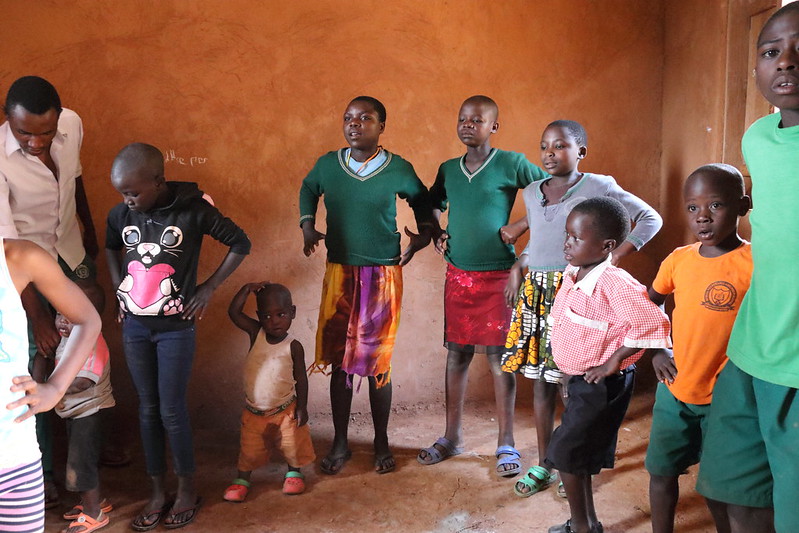 Millions of children worldwide remain out of school due to poverty, gender inequality, conflict and lack of resources, limiting their future opportunities and economic mobility. According to UNESCO,
Millions of children worldwide remain out of school due to poverty, gender inequality, conflict and lack of resources, limiting their future opportunities and economic mobility. According to UNESCO, 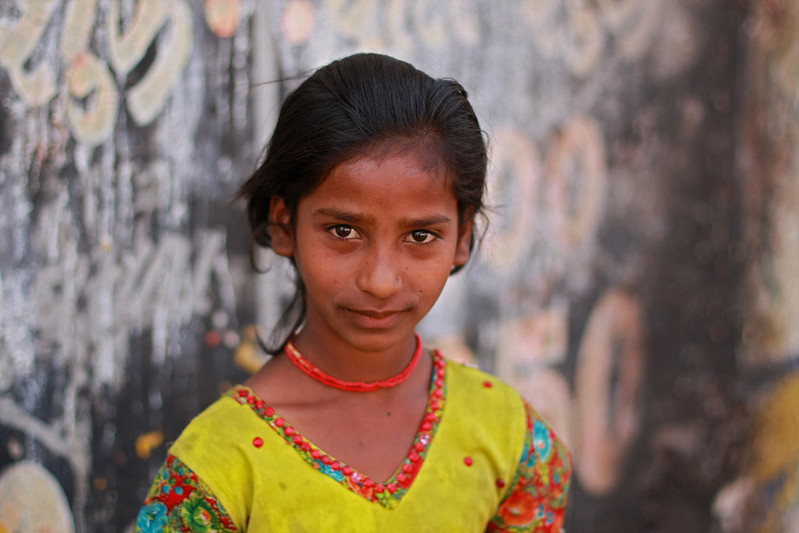 Intergenerational poverty refers to
Intergenerational poverty refers to 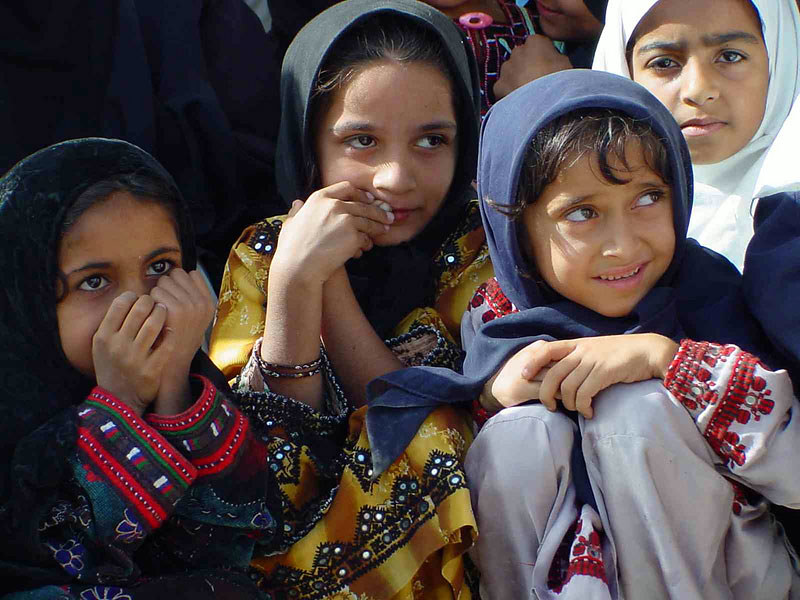
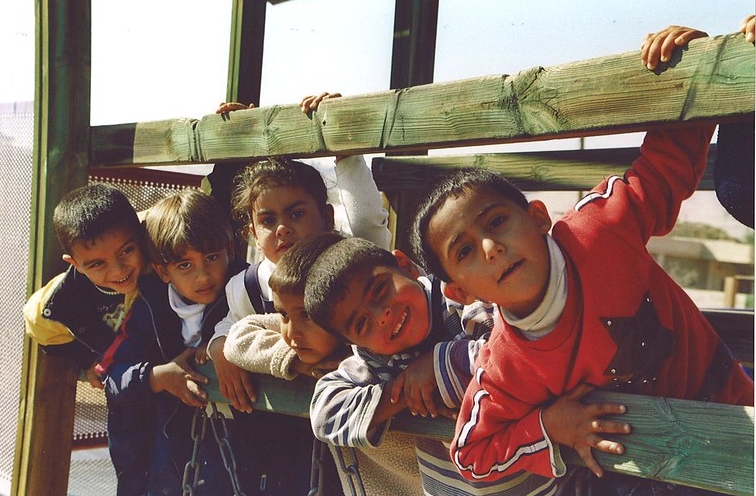
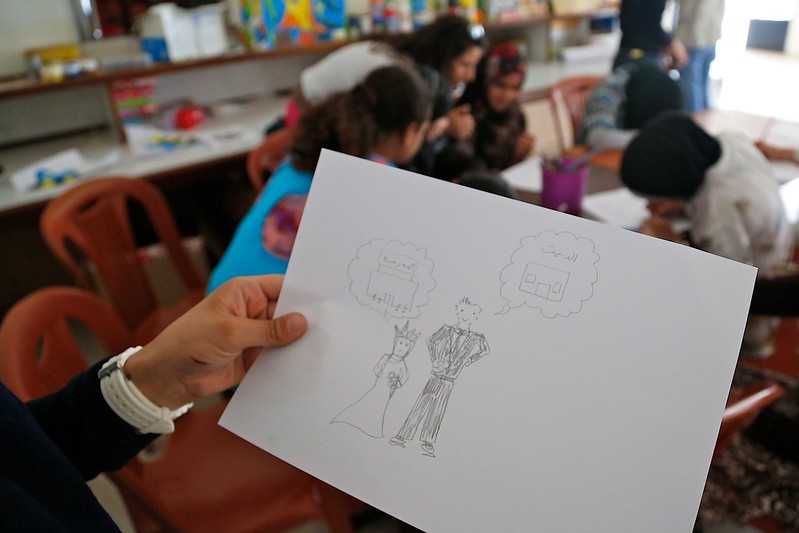 In Lebanon,
In Lebanon, 